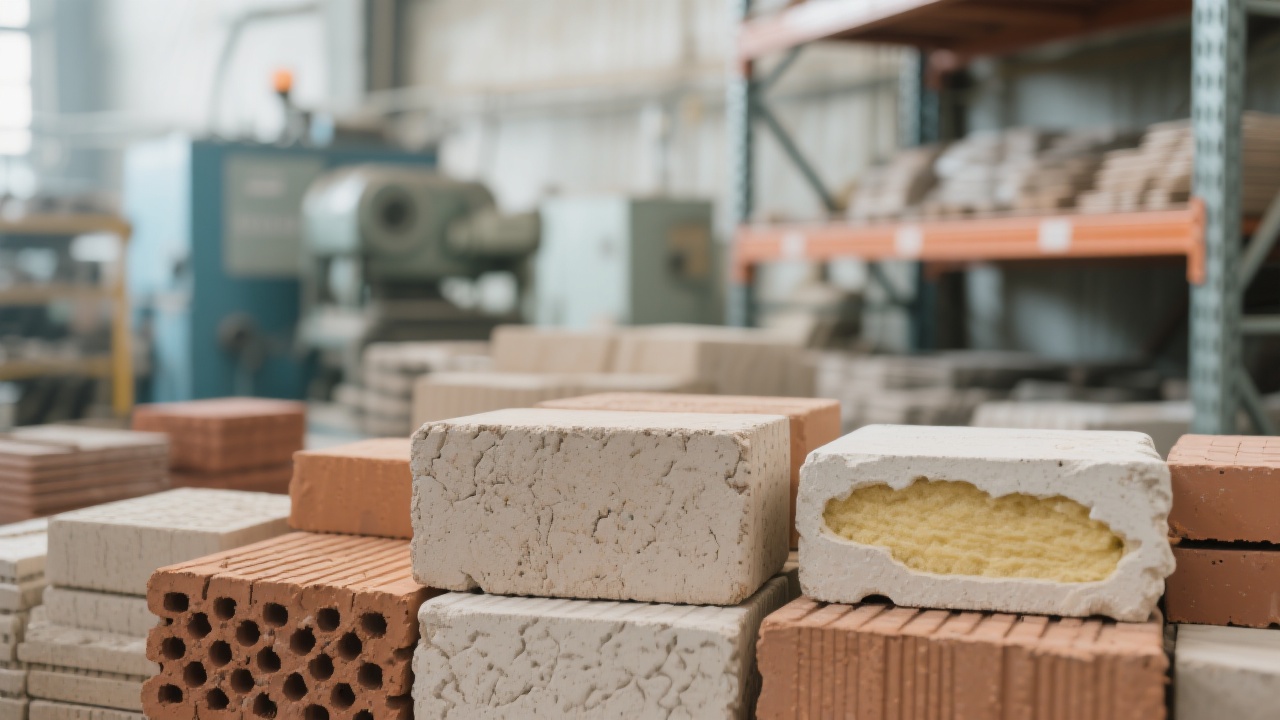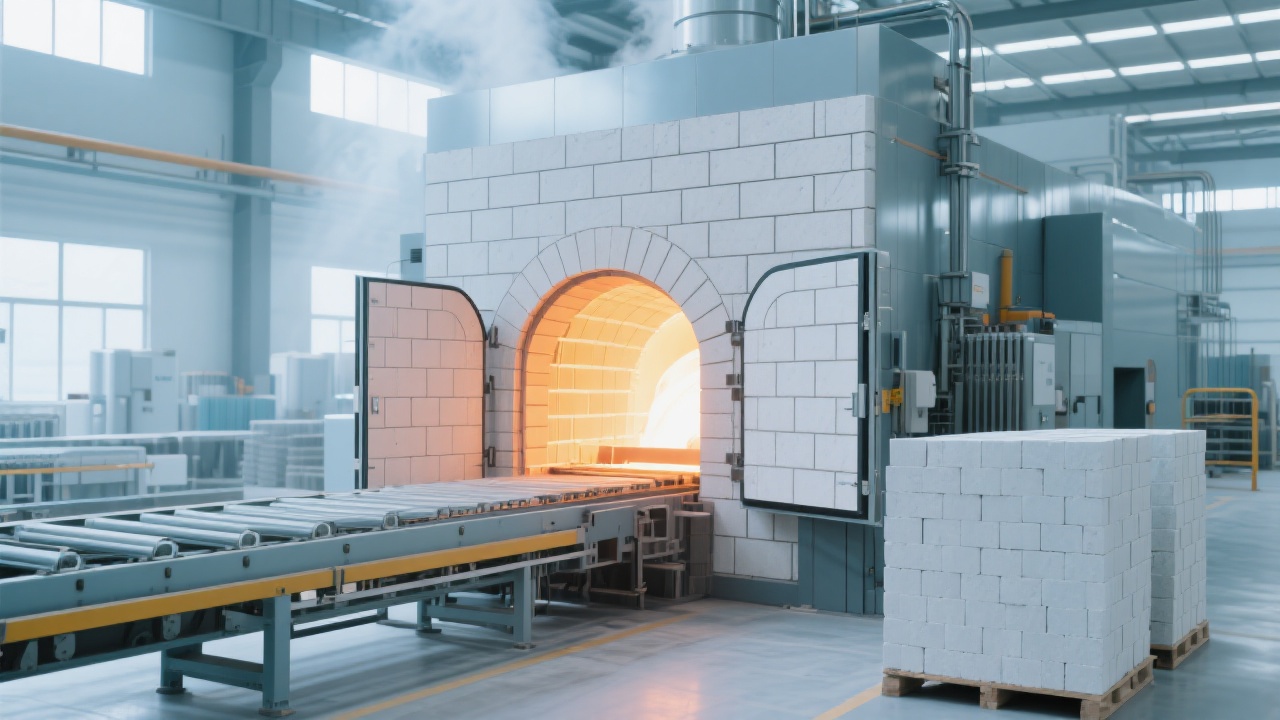
In today’s global push toward sustainable manufacturing, companies are under increasing pressure to reduce energy consumption without sacrificing productivity. One often-overlooked solution lies in the material science of refractory bricks—specifically, high-thermal-conductivity silicon brick. Unlike traditional options, this advanced material isn’t just durable—it’s engineered for performance.
When we look at high-thermal-conductivity silicon brick under a microscope (20x magnification), the difference is striking. While conventional silicon bricks have larger, irregular pores that act as thermal barriers, these new bricks feature microscopic and uniformly distributed pores. This structure minimizes heat resistance and boosts conductivity by up to 35% compared to standard grades—a real game-changer for kilns, furnaces, and continuous heating systems.

Think of it like this: if traditional bricks are like a city with scattered roads and traffic jams, the new ones are like a well-planned highway system—heat flows smoothly, not stuck in bottlenecks.
Take our client in Turkey—a mid-sized cement producer facing rising fuel costs and inconsistent output quality. After switching to high-thermal-conductivity silicon bricks in their preheater tower, they saw:
| Metric | Before Switch | After Switch |
|---|---|---|
| Average Fuel Consumption (kg coal/ton clinker) | 128 | 107 |
| Heat Transfer Efficiency | 72% | 89% |
| Annual Cost Savings (USD) | $112,000 | $198,000 |
This isn't an isolated case. Across Europe, Asia, and North America, manufacturers using this technology report similar gains—especially in processes where temperature consistency matters most, such as glass melting or steel reheat furnaces.

It's not just about better materials—it’s about smarter design. The optimized crystal lattice and controlled sintering process ensure minimal thermal stress during cycling, reducing maintenance downtime by up to 40%. That means fewer shutdowns, less wear on adjacent components, and longer service life.
Pro Tip: If your facility runs at high temperatures (>1200°C) for extended periods, consider conducting a thermal mapping study before making the switch—it’ll help you identify exactly where the biggest gains lie.
Did You Know? In a recent industry survey, 68% of procurement managers said they’d prioritize materials that offer measurable energy savings—even if upfront cost is slightly higher. Why? Because ROI happens faster than expected.
If your business is serious about cutting operational costs while staying competitive in a carbon-conscious market, it’s time to explore how high-thermal-conductivity silicon brick can transform your process efficiency. Whether you’re optimizing an existing furnace or designing a new one, this material offers clear advantages backed by real-world results.


